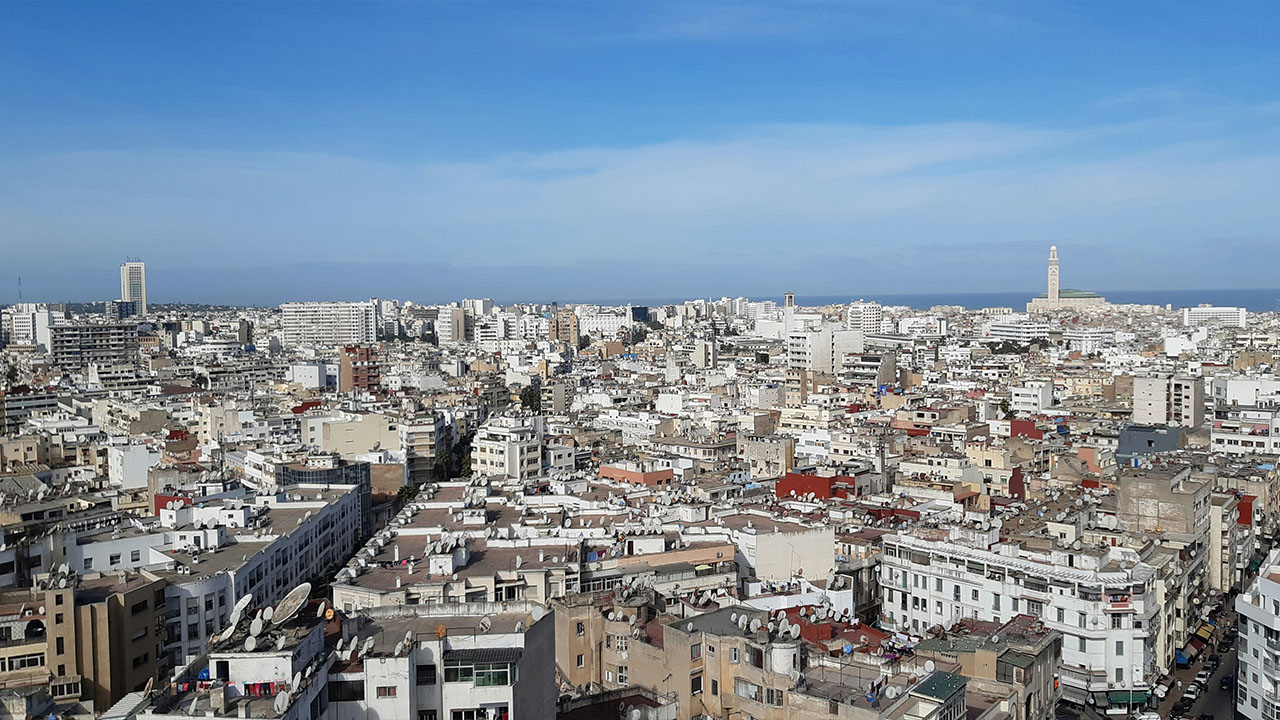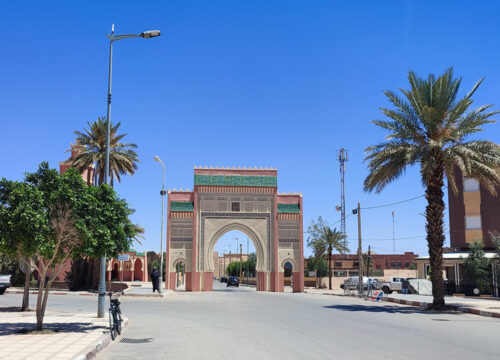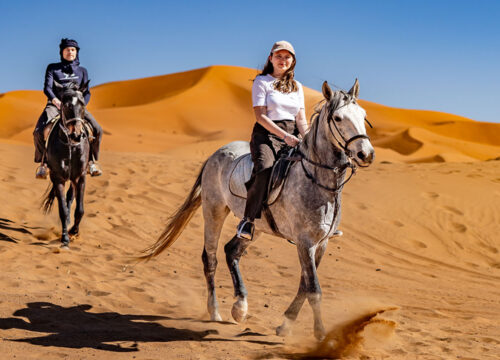CASABLANCA CITY
For as long as memory can reach, the city of Casablanca has stood as a beacon of modernity and a crossroads of cultures, art, and architectural splendor. It is widely recognized as the cosmopolitan, economic heart of Morocco and is one of the largest financial centers on the continent. Encompassing an area of about 386 square kilometers in western Morocco, it is situated on the Atlantic Ocean’s shores. Throughout history, Morocco has had many capitals, yet the Casablanca we recognize today has flourished since the French protectorate era and has now evolved into the focal point of the nation’s contemporary cultural and economic life.

Casablanca is often dubbed “the White City” due to its iconic white buildings that dominate the cityscape. It is home to the monumental Hassan II Mosque, boasting one of the world’s tallest minarets, and a testament to extraordinary modern Islamic architecture. The city pulses around the United Nations Square and the economic hub, the Casablanca Twin Center, embodying the fusion of the past and the dynamic present.
Serving as the hub for Morocco’s leading businesses and financial services, Casablanca also hosts the region’s most significant industrial market. The city is alive with the most advanced mass media presence in the country, a leader in Moroccan film & music production, vibrant cultural centers, museums, prestigious art schools, sporting clubs, and universities. Casablanca experiences a mild climate year-round, which makes any time a good time to explore this bustling metropolis. The city is a thriving home for over 3 million residents who cultivate its ceaselessly energetic environment.
WHAT DOES CASABLANCA CONTAIN?
Most famed for its urban landscape and architectural triumphs, Casablanca contains the modern marvel, the Hassan II Mosque, which extends over the Atlantic, and the historic Sacré Coeur Cathedral, an example of the city’s French colonial legacy. Not far lies the bustling Old Medina, a place where history is entwined with daily life.
Casablanca’s strategic importance has been apparent throughout history. It stands as a living museum showcasing the nation’s transition from French protectorate to independence, embodied in sites like the Royal Palace and the Habous Quarter, which reflects the harmonious coexistence of tradition and modernity.
The city’s transformation continued throughout the 20th century, seeing a blend of Moorish style and European art deco. This is exemplified in the downtown architecture and the splendid Mahkama du Pacha. With the dawn of the 21st century, Casablanca continues to showcase its rich history while embracing growth and innovation, as seen in the burgeoning Marina district and the modern Morocco Mall, one of Africa’s largest shopping centers.
Casablanca is brimming with attractions for any curious traveler. To witness the city’s unique allure, consider our Casablanca day tours. For those looking to discover the magic of Morocco’s economic powerhouse, delve into our tailored Morocco tour packages and choose the journey that calls to you.
RECOMMENDED JOURNEYS TO MOROCCO
Below, discover our top-selling Morocco Tours and tour packages of the last five years. These tours are curated to feature the most important and exciting destinations in Morocco, ensuring a visit filled with rich experiences in Casablanca and beyond.
- 2 days tour from Casablanca to Chefchaouen
- 5 days tour from Casablanca
- 7 days tour from Casablanca to Marrakech
- 12 Days Tour from Casablanca
- 15 days tour from Casablanca
FAQs
Q- Is Casablanca safe to visit?
A- There are no widespread advisories against travel to Casablanca. Like many major cities, it’s wise to be cautious and aware of your surroundings, especially in crowded places. The main tourist areas and the coastal parts of the city are considered safe for travelers.
Q- What is the best time to visit Casablanca?
A- The ideal times to visit Casablanca are during spring (April to June) and autumn (September to November). During these months, the weather is mild and pleasant, which is perfect for exploring the city. The peak tourist seasons are avoided, which also means accommodations may be more affordable.
Q- What city are the Hassan II Mosque and the Royal Palace in?
A- Casablanca. The Hassan II Mosque, with its towering minaret, is a landmark of the city and one of the largest mosques in the world. The Royal Palace, although not in Casablanca, is in nearby Rabat, which is the capital of Morocco and within travel distance for visitors staying in Casablanca.
Q- What is there to do in Casablanca in 2 days?
A- Must-visit places include the Hassan II Mosque, exploring the Habous Quarter, visiting the Morocco Mall, walking along the Corniche, exploring the Casablanca Cathedral, and shopping at the Central Market. These highlights offer a blend of architectural beauty, cultural insights, and leisure activities.
Q- How much does a trip to Casablanca cost?
A- A typical day tour covering major attractions such as the Hassan II Mosque and the Habous Quarter might cost around $50 to $70 per person. Costs vary based on the specifics of the tour and the level of luxury you prefer.
Q- Where is best to stay in Morocco to experience its culture?
A- To deeply experience Moroccan culture, staying in Casablanca offers a mix of modernity and tradition. For those looking to be close to significant cultural landmarks like the Hassan II Mosque, staying in the city center or near the Corniche is advisable. Casablanca serves as a great base for exploring other cultural cities such as Marrakech and Fez.
Q- How should I dress in Casablanca?
A- While Morocco is a Muslim country, Casablanca is quite liberal. It’s still advisable to dress modestly, especially when visiting religious sites. Light, loose-fitting clothing is recommended due to the warm climate, avoiding very short or revealing outfits to respect local customs.
Q- Is Marrakech worth visiting?
A- Marrakech offers a distinct contrast to Casablanca, known for its historic medina, souks, and rich culture. It’s definitely worth visiting if you’re interested in experiencing the diversity of Morocco’s landscapes and historical sites, including the famous Jemaa el-Fnaa square and the Majorelle Garden.







